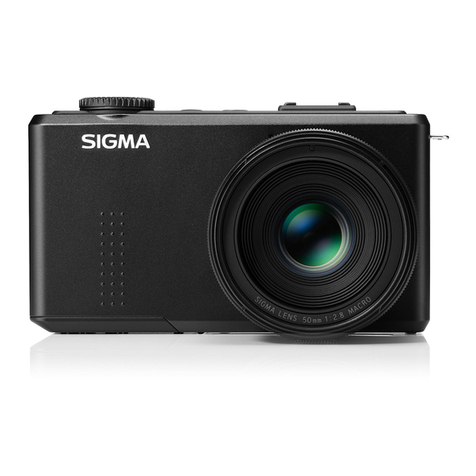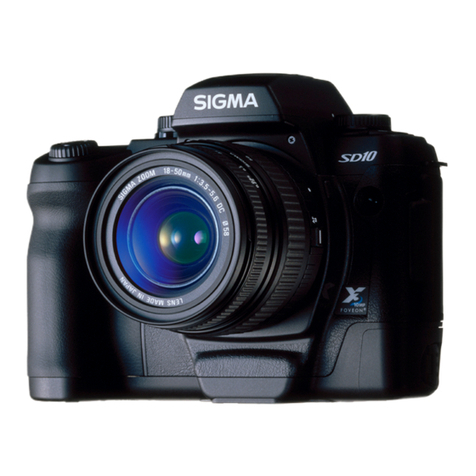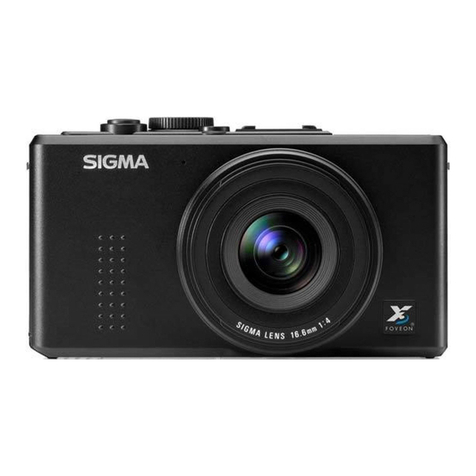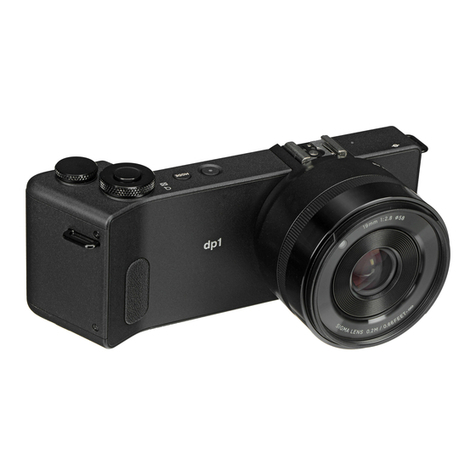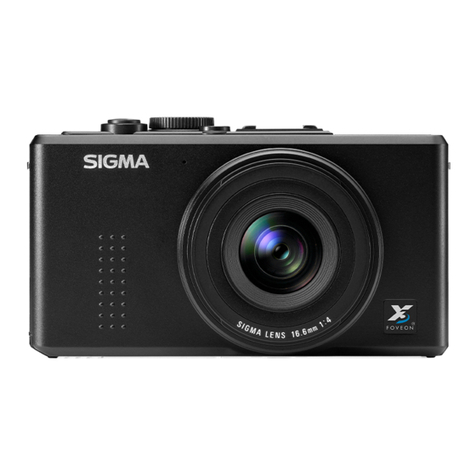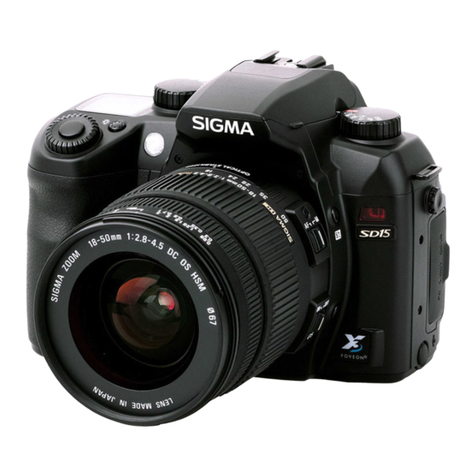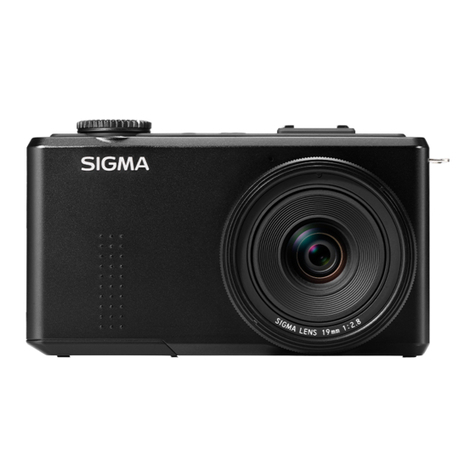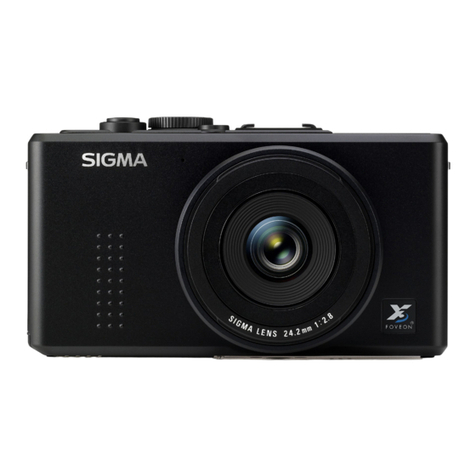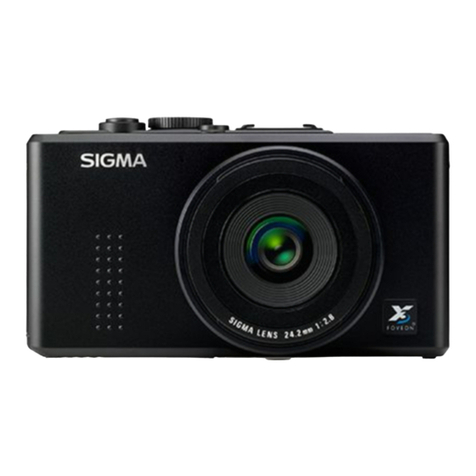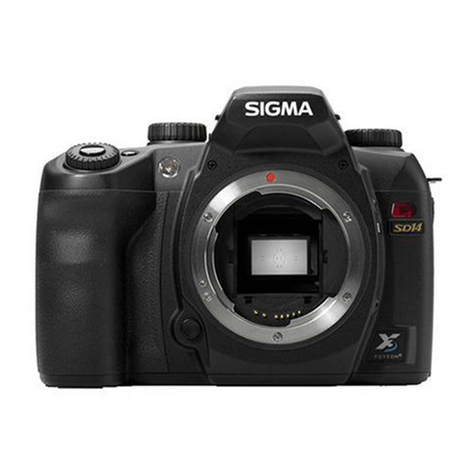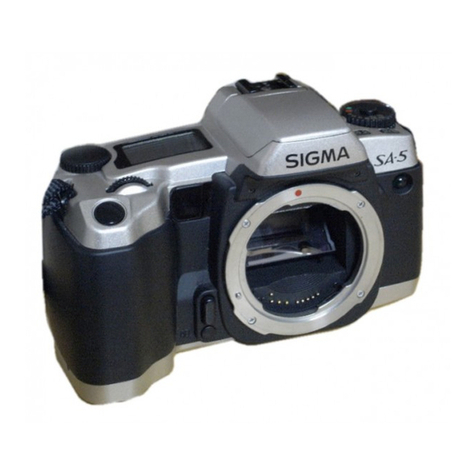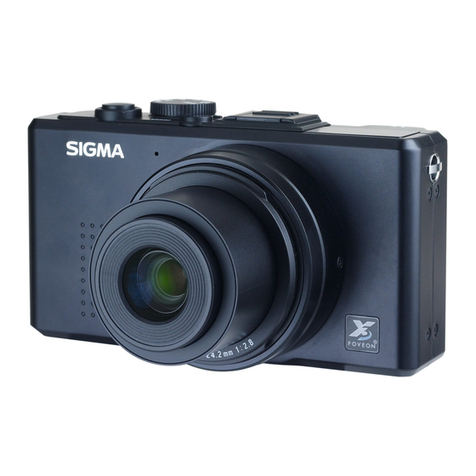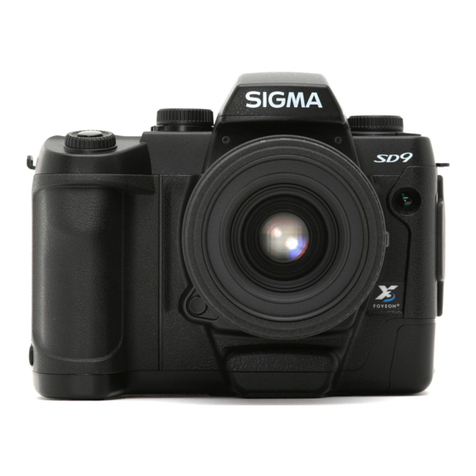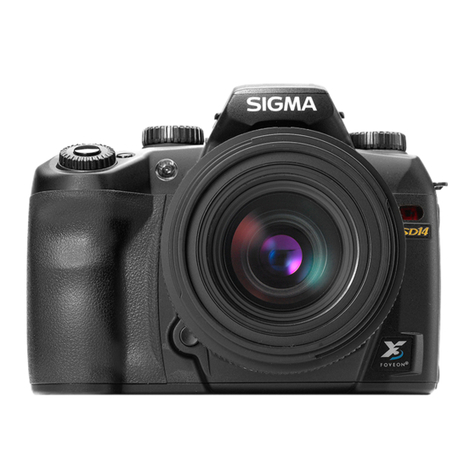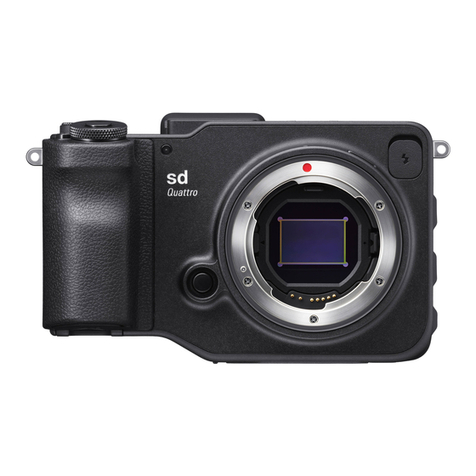A Camera that Transforms Your Perception
After the ground-breaking,
the fine-tuning
The DP1 was the world's first truly full
spec compact camera. It deserves to
be remembered as the camera that
launched Sigma's DP series. This truly
high-performance compact camera
was groundbreaking in that it featured
an SLR-sized image sensor. However,
precisely because it was so ground-
breaking, it faced some challenges.
At Sigma, we believe that users should
experience the joy of finessing their
pictures, working with superb image
quality. In line with this philosophy, we
gave the DP1 a specification worthy
of an SLR, based on RAW (X3 mode)
output. We wanted to create a whole
new DP world of our own. But we
must admit that, as an instrument for
taking photos, the DP1 was more of a
breakthrough than a culmination.
We must also concede that the TRUE
the first-generation image-processing
engine featured in the DP1–processed
the abundant image data output
by the Foveon X3® direct image
sensor at a speed that some found
unsatisfactory. The DP1's early
adopters may well have felt the need
for enhancement.
A more highly evolved
version of the DP1
The concept behind the DP1—the first
generation model remains unchanged
in the DP1x. The new camera features
the Foveon X3® direct image sensor,
which provides astonishing definition,
said to be on a par with that of medium
format film. It also uses a specially
designed ultra high-performance
wide-angle lens equivalent to 28mm
in a 35mm camera, which is even
better than many high-performance
interchangeable lenses used in SLRs.
We wanted the DP1x to deliver the
special 3-D feel and texture that are
the raison d'être of the DP series. That's
why, rather than concentrating on a
single index such as MTF, we aimed
for all-round lens performance. As for
image texture, which is determined by
differences in focal length, F-number
and other parameters, we took care to
make the DP1x consistent with the rest
of the DP series.
We also endowed the DP1x with the
highly-acclaimed user interface and
the TRUE II second-generation image
processing engine used in the DP2
—
the
second release in the DP series. With
more intuitive controls and dramatically
improved operability and processing
speeds, the DP1x is a more highly-
evolved photographic instrument.
The pleasures of perspective
The DP1x has an integral wide-angle
lens equivalent to 28mm in a 35mm
camera. Since its field angle is greater
than that of the human eye, a wide-
angle lens can be used to bring out
perspective, adding dynamism and
drama to your photographs.
This type of lens really comes into
its own when shooting landscapes
and buildings, where its distinctive
perspective can be used to full
advantage. It allows dynamic captures
of clear blue skies, white fluffy clouds
and deep crimson sunsets. Buildings,
be they historical structures, stylish
examples of modern architecture, or
anything in between, can be cleverly
framed for maximum interest, or
captured in a thousand other cool ways.
Breathing new inspiration into
your photographic art
The wide-angle lens is also great
for snapshots. For one thing, it has
technical advantages—it's less
susceptible to camera-shake and
allows a greater depth of field. For
another, its wide field angle gives you
an edge when it comes to capturing
subtle human interactions, or snatching
that rare and unexpected photogenic
moment that can show up in the most
banal of everyday scenes.
Portraits are another genre you really
should try with the wide-angle lens on
the DP1x. The telephoto lens
is the mainstream choice for this
type of shot, so using a wide-angle
lens adds a fresh twist right away.
For a classic headshot, use portrait
(vertical) orientation. Whether you
shoot in portrait or landscape, you can
inject a sense of depth and a dash of
drama by cleverly incorporating the
existing background, or by arranging
background objects yourself.
Most photographers start out with
an interest in using telephoto lenses.
An obsession with wide-angle lenses
tends to follow later. What gets them
hooked on the wide-angle lens is its
versatility and its infinite potential for
artistic expression. This type of lens
brings all sorts of extraneous objects
into the frame, so it can be tricky
to master. The effort is more than
repaid, however, by the extra scope
for dramatic staging. In terms of sheer
artistic enjoyment, the wide-angle lens
gets more and more rewarding as you
go up the learning curve.
A lens that takes you back to basics
Like the other Sigma DP cameras,
the DP1x uses a single-focus lens. As
high-performance zoom lenses have
become mainstream even in integral-
lens cameras, this might seem an
unusual choice.
Certainly, when you can only
shoot from a certain spot, a high-
magnification zoom lens is hard
to beat: its extensive visual field
conveniently covers the range from
wide-angle to telephoto. If you've
ever struggled to take pictures with a
single-focus lens that has the wrong
field angle, you'll know just how
frustrating it can be.
And yet, the single-focus lens has an
elegance all of its own. Give it some
serious attention, and it will repay
the favor by taking you right back to
the basics of photography. Choosing
the subject. Finding the best angle.
Framing the shot in the best way
possible. Considering the light and
shadow falling on the subject. Taking
account of the colors. This is what
photography is all about. In Sigma's
philosophy, there's only one way to
take a picture that is truly your own.
You have to establish your personal,
subjective relationship with the
subject. And that means making all
the artistic decisions yourself.
A camera that
trains your artistic eye
Shooting with a single-focus lens
forces you to frame the shot by
moving your physical position. With
a camera that automatically selects
the best field angle for the subject,
it wouldn't really matter where you
positioned yourself. With a single-
focus lens, however, actively searching
for the best way to frame the shot
makes you rethink your old habits.
This prompts you to re-establish a
new, more authentic, more personal
relationship with photography.
Rediscover the joy of photography.
Unleash your inner artist with the DP1x.
06
